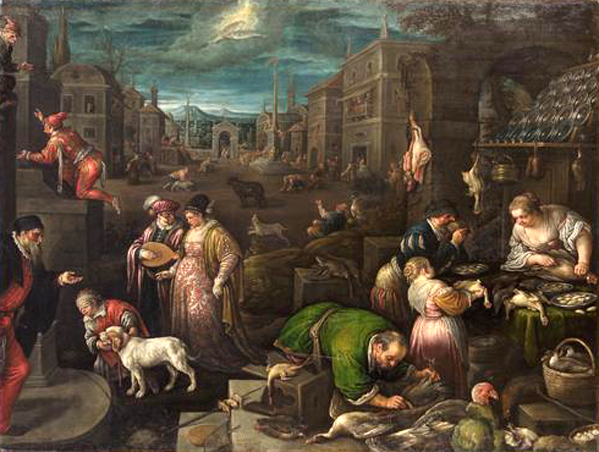
Public Domain (via Wikimedia Commons)
February is the second month on the current Gregorian calendar (and the same on the old Julian). It is the shortest month of the year with 28 days except in leap years when it is 29. The name is derived from Februarius, a purification ritual that was held around 15 February on the old Roman lunar calendar. Until the calendar was reformed under the Julian, January and February were the last two months of the year (although originally there were no months after December as the Romans considered the time a month less period until spring). For the southern hemisphere, the seasons are switched so they are heading towards Autumn, so it is the equivalent of August for them.
Shop for Titanic Books at Amazon.
With shorter number of days, it is the one month that can pass without a full moon (it happened in 2018). There are many fascinating names used during the month such as Snow Moon to indicate snow is on the ground. Some Native American tribes call it the Hunger Moon due to limited food sources during winter.
Why the leap year?
The old Roman calendar was ten months, which began in March and ended in December. When January and February were added it meant February became the last month of the year. That meant the month had to have 28 days to fit into the calendar. A leap month was introduced every few years after February to make room for the thirteenth month. This meant February had to be shortened. As you might guess, this made things a bit confusing. Julius Caesar introduced the new calendar in 46 BC (named for him of course). He abolished the 13th month and introduced the leap year so that every fourth year, February would have 29 instead of 28 days. Thus, the leap year was born and became part of the Gregorian calendar as well.
Shop for Titanic Books at Amazon.
